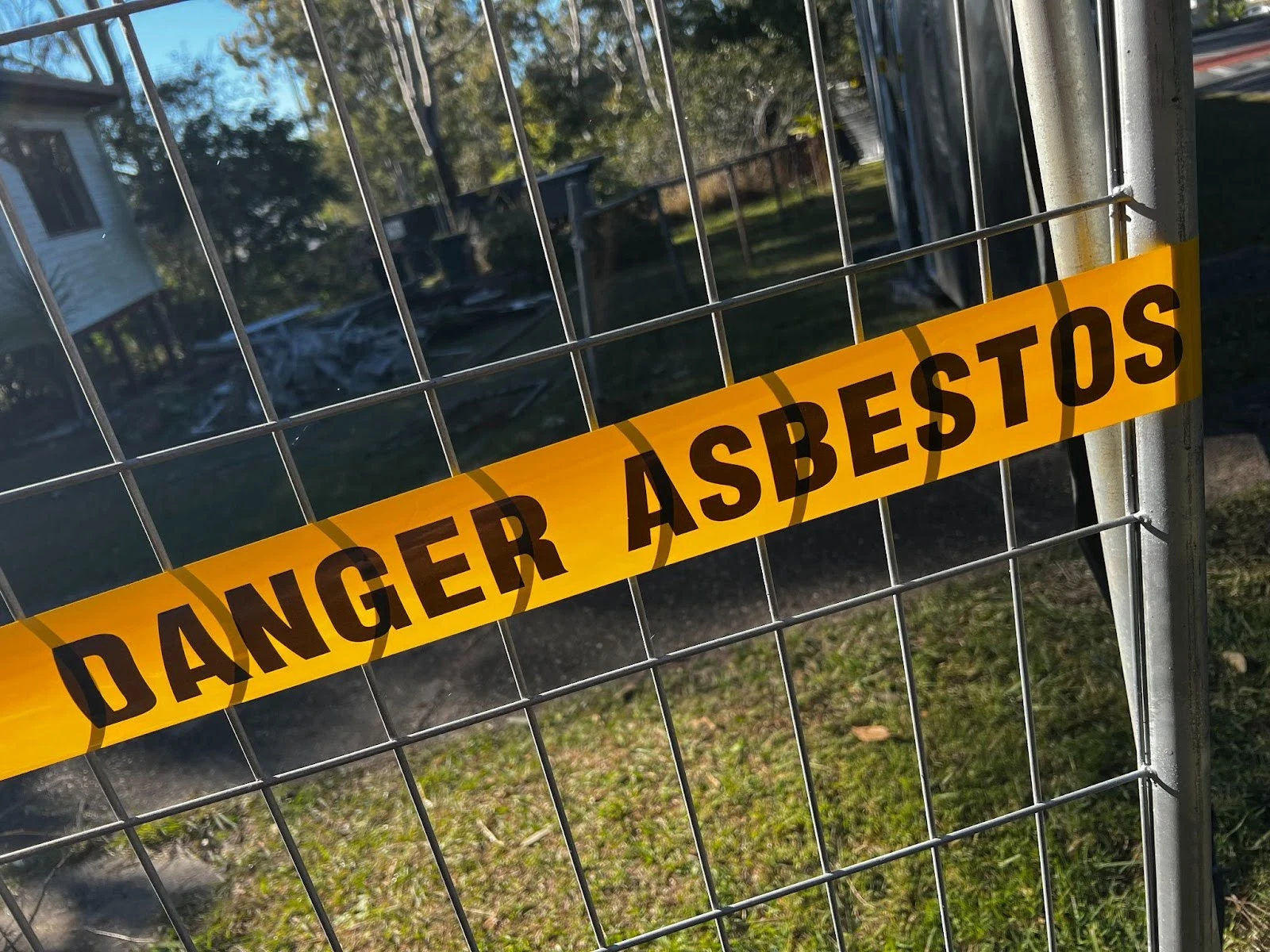In Australia, the identification and reporting of asbestos are crucial steps in managing the risks associated with this hazardous material. An asbestos audit in Australia is a key component of this process, ensuring that properties are thoroughly assessed and that appropriate measures are taken to protect occupants and workers. This article outlines the standard procedures for identifying and reporting asbestos in Australian buildings.
The Importance of Asbestos Audits in Australia
Asbestos audits are essential for:
- Compliance with Work Health and Safety (WHS) regulations
- Protecting the health of building occupants and workers
- Informing property management and renovation decisions
- Avoiding potential legal liabilities
Step 1: Engaging a licensed asbestos assessor
The first step in identifying asbestos is to engage a licensed asbestos assessor. In Australia, these professionals must be accredited by the state or territory authority. They have the expertise to:
- Conduct thorough visual inspections
- Take samples for analysis
- Interpret laboratory results
- Provide comprehensive reports
Step 2: Conducting the asbestos audit in Australia
An asbestos audit typically involves:
- Visual inspection: The assessor examines the property, paying close attention to areas where asbestos was commonly used, such as:
- Roofing and guttering
- Wall cladding
- Insulation
- Flooring materials
- Sample collection: If materials are suspected to contain asbestos, the assessor will take samples for laboratory analysis. This is done safely to minimise the risk of fibre release.
- Laboratory analysis: Samples are sent to a National Association of Testing Authorities (NATA) accredited laboratory for testing using polarised light microscopy.
Step 3: Documenting the findings

Following the audit, the assessor prepares a detailed report, which typically includes:
- A list of all identified or suspected asbestos-containing materials (ACMs)
- The location and extent of ACMs
- The condition of ACMs
- Risk assessments for each identified ACM
- Recommendations for management or removal
This report forms the basis of the asbestos register, a crucial document for ongoing asbestos management.
Step 4: Reporting asbestos
Once asbestos has been identified, it must be reported and managed according to Australian regulations:
- Asbestos register: All buildings constructed before 31 December 2003 must maintain an asbestos register if asbestos is identified. This register must be:
- Kept on the premises
- Readily accessible to workers and contractors
- Regularly updated
- Asbestos management plan: If asbestos is present, an asbestos management plan must be developed. This plan outlines:
- The location of ACMs
- Risk assessments
- Control measures
- Procedures for dealing with asbestos incidents
- Notifying relevant authorities: In some cases, such as when asbestos removal work is planned, the appropriate work health and safety regulator must be notified.
Step 5: Ongoing management and reassessment
Asbestos management is an ongoing process. The asbestos register and management plan should be reviewed:
- At least once every 5 years, unless there has been change
- Before any refurbishment or demolition work
- When asbestos is removed, disturbed, or newly identified
The role of technology in asbestos audits Australia
Modern asbestos audits often utilise advanced technology to enhance accuracy and efficiency:
- Digital mapping tools for precise location recording
- Mobile apps for real-time data collection and reporting
- Specialised cameras for detailed visual documentation
These technologies help ensure that asbestos audits in Australia are thorough and provide comprehensive information for effective management.
Identifying and reporting asbestos through a professional asbestos audit in Australia is a critical step in managing the risks associated with this hazardous material. By following these procedures and engaging licensed professionals, property owners and managers can ensure compliance with regulations, protect occupant health, and make informed decisions about property management and renovation.
For expert asbestos auditing services tailored to your property’s needs, Contact Global Asbestos Audits today. Our team of licensed assessors can provide comprehensive asbestos identification and management solutions across Australia.

